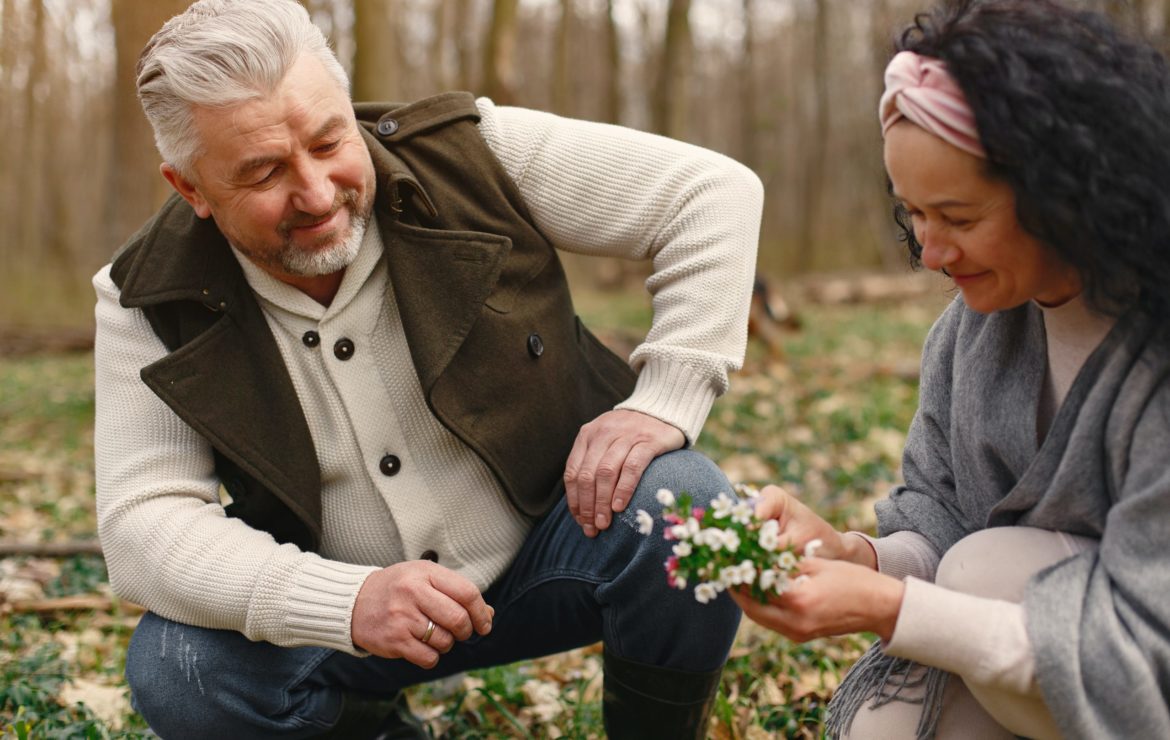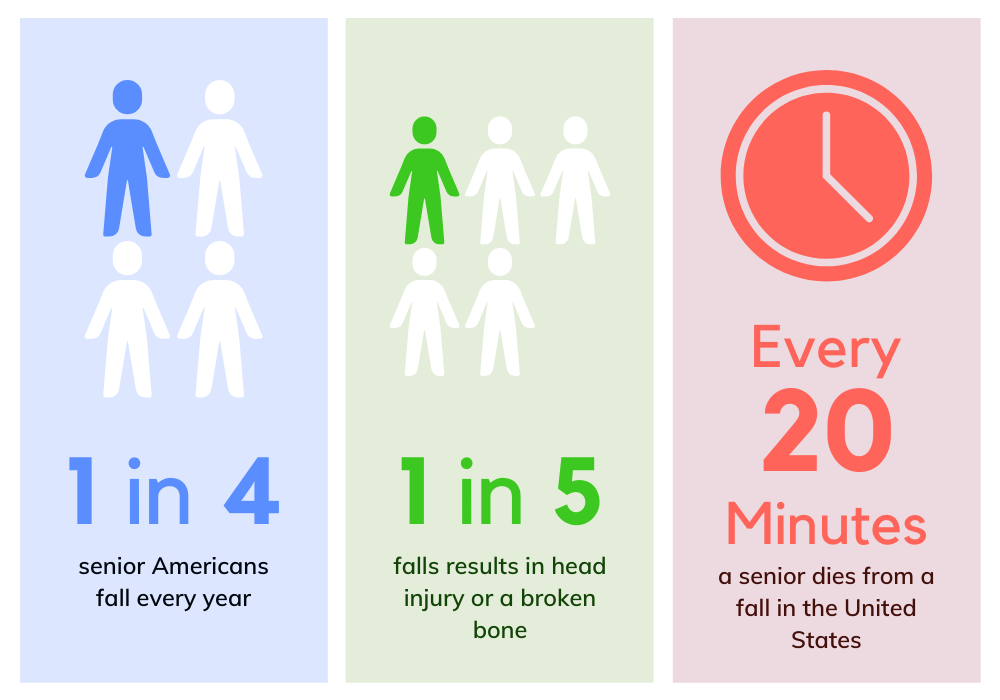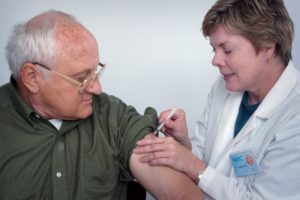Fall Prevention in Elderly – Risks, Prevention, Common Injuries, and How to Get Up

Falls among seniors are common, in fact, each year, 3 million seniors (age 65+) are treated in emergency departments for fall injuries, and one out of five falls causes a serious injury such as bone fracture or a head injury. In addition, falls can also cause depression and fear of further falls (fact: in older adults, falling once doubles the chance of falling again), making it difficult to stay active and live a comfortable life at home/facility.
Common Causes of Falls
- Accidents such as falling from one’s bed or down the stairs
- Gait disturbance/equilibrium disorders
- Arthritis related
- Vertigo
- Medications or alcohol
- Acute illnesses
- Cognitive impairment/confusion
- Postural hypotension
- Visual disturbances/deficits
- Central nervous system disorders; epilepsy
Common Risk Factors
- Environmental hazards: Slippery surfaces and uneven floors, low furniture, inadequate lighting by door/hallways, slippery/fragile handrails/grab bars in shower or bedroom, and loose cords/wires.
- Gait and Balance
- Poor vision: Visual impairment such as myopia or cataracts, as well as conditions such as glaucoma
- Medications: Some prescriptions and over the counter medications might cause symptoms such as dizziness, confusion, drowsiness, and blurred vision which could increase the chances of falling
- Chronic or acute illnesses/conditions: 80% of seniors have one or more conditions like arthritis, or diabetes, often times such conditions increase the risk of falling
Common Injuries
Generally, bone fractures is the most common injury that result from falls, specifically, fractures of the wrist, hip, arm, ankle, and pelvis.
Other types of injuries include scrapes, sores, and head injuries. Senior patients with head trauma represent a concerning proportion of patients seeking medical attention due to falling. According to a CDC special report, each year 56,000 older adults are hospitalized as a result of head injuries sustained in falls, about 8,000 die as a consequence.

Our Top 10 Tips for Senior Fall Prevention
Statistically, it might not be feasible to prevent falls 100% of the time, however, there are a lot of opportunities that can be exploited to lower the risk of falls, such as getting rid of obvious hazards like uneven floors, or fragile handrails. Here is a list of opportunities we believe that you can take advantage of today to lower your risk of falls:
1. Stay physically active
With routine exercise, one can expect an improvement in strength, mobility, and flexibility. Consult your physician prior to engaging in any exercise.
2. Maintain a healthy diet & weight
3. Stay hydrated
4. Limit alcohol & tobacco
5. Maintain a good sleeping schedule
6. Consult your physician about your leg strength, gait, and balance
7. Evaluate your home for potential hazards
There are plenty of simple and affordable ways to make one’s home safer, such as increasing lighting throughout the house, and/or installing grab bars in active places like showers or bedroom.
8. Use mobility aids such as scooters, walkers, canes or crutches
9. Wear appropriate shoes
10. Consult your physician about limiting the use of sleep-inducing medications
What to do if You/Loved One Falls?
Figuring the kind of help you need isn’t always easy as it depends on several factors, the most important of which is the severity of the fall, and if any injuries were sustained, it’s important to recognize the symptoms and know how to help the senior recover. It is always safest to call 911 for emergency help, especially if there are concerning symptoms like bleeding, confusion, and/or pain.
First, examine for injuries like bruises, bleeding, possible sprains and broken bones – if a serious injury is found, like a broken bone, call 911 immediately and keep yourself/loved one as comfortable as possible until help arrives.
Older adults with critical health conditions or limited mobility should consult their physician or physical therapist for advice on what to do in case of a fall. Everyone is different and while the following steps could have general implication, they might not be suited for you/your loved one. If you are susceptible to falls, or have a history of falling, it is recommended to have a loved one/caregiver in your close proximity at all times.
How to Get Back Up After a Fall
- Don’t move hastily, stay calm and still for a few moments as moving too fast can worsen hidden injuries
- Slowly move your hands and feet, arms and legs to make sure that you are not injured anywhere
- Slowly roll onto your side, beginning with your head and moving down your body toward your feet.
- Push yourself into a crawling position and crawl steadily on your hands & knees toward a sturdy object like a chair or a low furniture. Do not rush this process as it’s important to avoid excessive movements that could cause further damage to hidden injuries.
- Support yourself with the object (i.e. chair), kneel with one leg and step with the other (your other leg should form a 90 degree angle). Your hands should grip the object and provide support & balance accordingly
- Push yourself up to the object and sit on it (if possible; if it’s a chair or a low furniture). Take a moment to rest and recover before doing anything else. Keep an eye out for any injuries that might have been overlooked, and also monitor how you feel – if you begin experiencing any abnormal headaches or confusion, or if you suspect that something isn’t right, immediately call for help/911.








